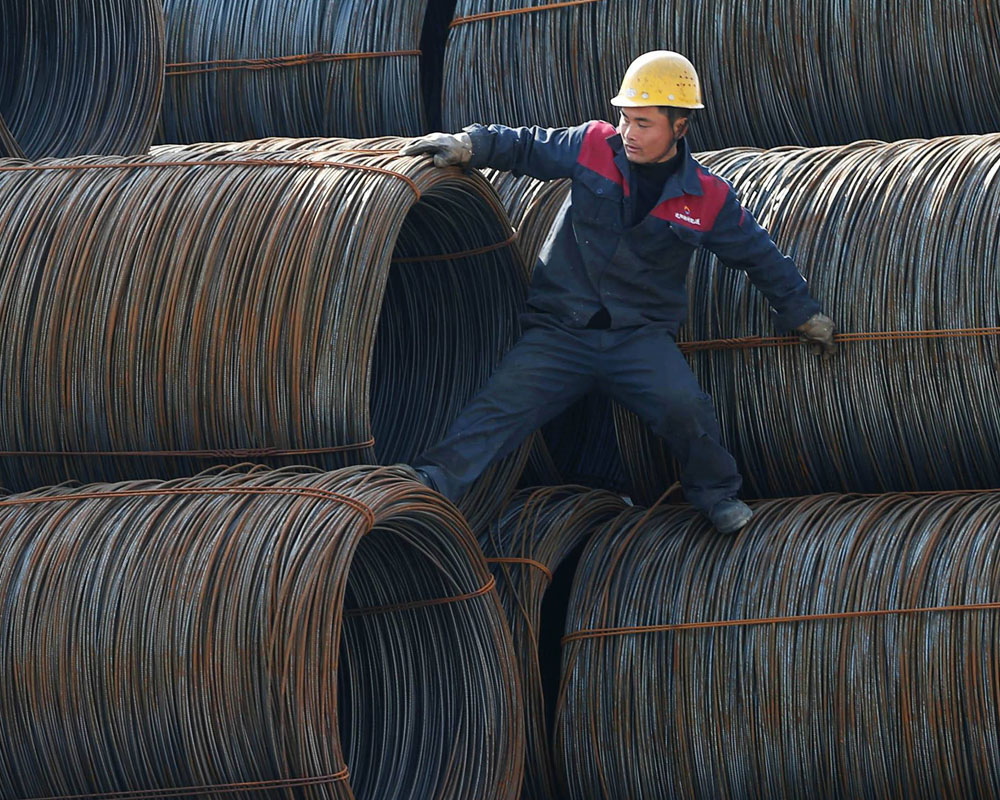The anticipated slip in Chinese steel demand next year will likely cause total demand across Asia to fall by 0.5% from this year’s total to 1.15 billion tonnes, according to a new forecast from the China Metallurgical Industry Planning and Research Institute.

In its steel market outlook tabled on December 10, MPI predicts that China’s steel demand will drop to 800 million tonnes next year, down by 2.4% on year, while the country’s crude steel production will decrease by 2.5% on year to 900 million tonnes from 2019’s forecast. It also predicted that China’s iron ore demand in 2019 would decelerate by 4.9% on year to reach 1.15 billion tonnes.
Chinese steel industry pundits have been predicting a fall-off in steel demand next year but the MPI report is the first to quantify the drop. China’s crude steel output during January-October this year reached 782 million tonnes, according to National Bureau of Statistics (NBS) data, which would make for an annualized total of 938.4 million.
The institute’s forecast for next year is in bleak contrast to its predictions for this year where it expects 2018 demand to jump by nearly 13% from last year to 820 million tonnes and crude steel output by 11% to 923 million tonnes.
Looking globally, MPI estimated that world steel demand next year would hit 1.71 billion tonnes, or up 0.2% on year. Its forecast is more bearish than that announced by the World Steel Association in October which saw demand next year rising 1.4% to reach 1.681 billion tonnes, as reported. The same month the IMF said in an update to its World Economic Outlook it was now predicting 3.7% global growth in both 2018 and 2019, down from its July forecast of 3.9% for both years.
The MPI provided no explanation as to why it expected demand in Asia (including South and Southeast Asia) to decline in 2019, nor for the slip in Chinese consumption.
A senior industry analyst based in Beijing agreed that domestic steel demand may slow by 2%-3% on year and cited shrinking steel consumption in the nation’s automotive industry as well as the decline in property investment and construction.
Production of automobiles in China last month plunged by 18.9% on year to 2.5 million units, according to the China Association of Automobile Manufacturers.
The slower pace of property sales this year too will affect the construction and investment of new-built housing for next year to some degree, the analyst explained.
Growth in the area of housing sales nationwide during January to October presented a slight retreat, sliding 0.7 percentage point over January to September to reach 2.2% on year, NBS has reported.
Domestic demand, rather than exports, will be the main engine of growth over this period for the steel-consuming sectors. China’s steel exports in this year’s first eleven months reached 12.16 million tonnes, higher by a tiny 0.5% on year, according to data from China's General Administration of Customs released on December 8.